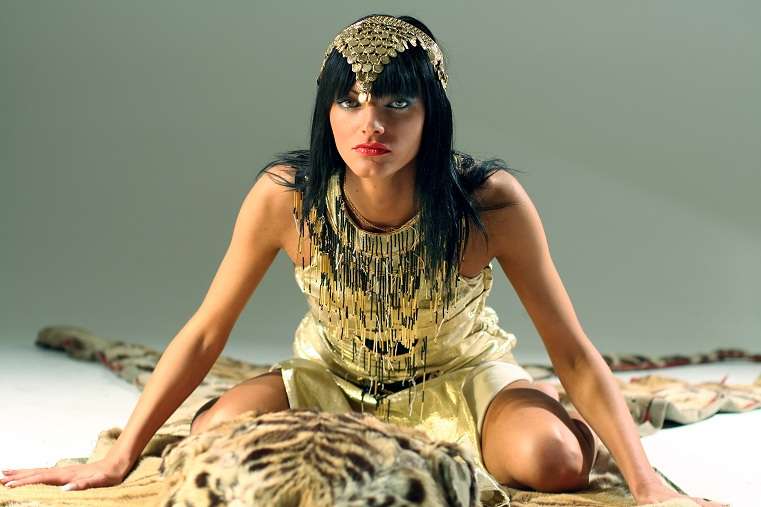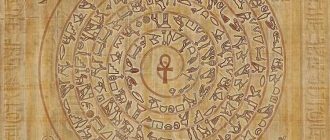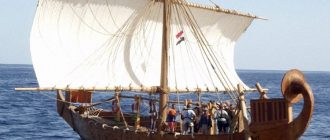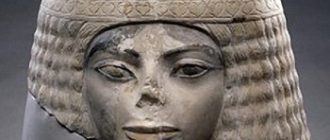Want to learn more about Egyptian headdresses? Read on for facts and info on the various different headdresses sported by different Egyptian deities…
Almost all ancient Egyptian deities that formed part of the pantheon were depicted as wearing some sort of headdresses. In fact these headdresses would often be the sole distinguishing factors in the different gods and goddesses.
The kinds of Egyptian headdresses worn by different deities were closely associated with the particular attributes of that particular deity. The head dresses acted as pictorial clues indicating the different powers that a particular God or Goddess was believed to have. This concept led to the development of different designs for headdresses as and when more than one power was to be found in a particular deity. This made much sense to the Egyptians as they could easily identify what kind of worship to dedicate to each particular deity. However this fusion of designs has caused significant problems for historians when trying to determine and identify different Egyptian deities.
Some of the most popular Egyptian headdresses worn by various Egyptian deities are as follows:
Amentet
This particular headdress represented the west. Hence any deity that would be shown wearing this particular headdress was considered to be the standard of the West. In terms of its physical depiction the headdress featured a half circle that was made to sit upon two poles which were of uneven length. The longer one of the poles had the headband attached to it. The feather of a hawk or an ostrich was often seen sitting at the top of the Amentet. The Egyptian deity Hathor, also known as the Lady of the West was depicted sporting this particular headdress.
Amen
This Egyptian headdress was made up of two plumes that were raised thereby forming a short crown. A number of different deities have been shown sporting the Amen headdress with some variation. For example when the solar deity Amen-Ra was shown wearing this headdress it would have the sun disk between the two plumes. Horus is also depicted as wearing the same headdress.
Anqet
This was one of the more elaborate designs of ancient Egyptian headdresses. It was made using ostrich feathers and in other cases it would be made using reeds as well. It had a very tall structure and would spread out from the top. The ostrich feathers would stand outwards at the tip of the headdress. It is believed that this particular headdress was developed in Nubia.
Khonsu
Khonsu featured a headdress made using the moon. This headdress was sported by deities believed to have lunar associations. This is why it was depicted with a lunar disk or a crescent moon on the head. It was one of the simpler designs used by the ancient Egyptians.
The Headdress of Ma’at
This was perhaps one of the most important headdresses for the ancient Egyptians. Although simple in terms of construction the headdress was of great significance as the deity known as Ma’at was associated with afterlife. It featured a tall ostrich feather that would be extending out of a hair band. The feather was meant to symbolize truth and has been in use since the pre-dynastic times.





